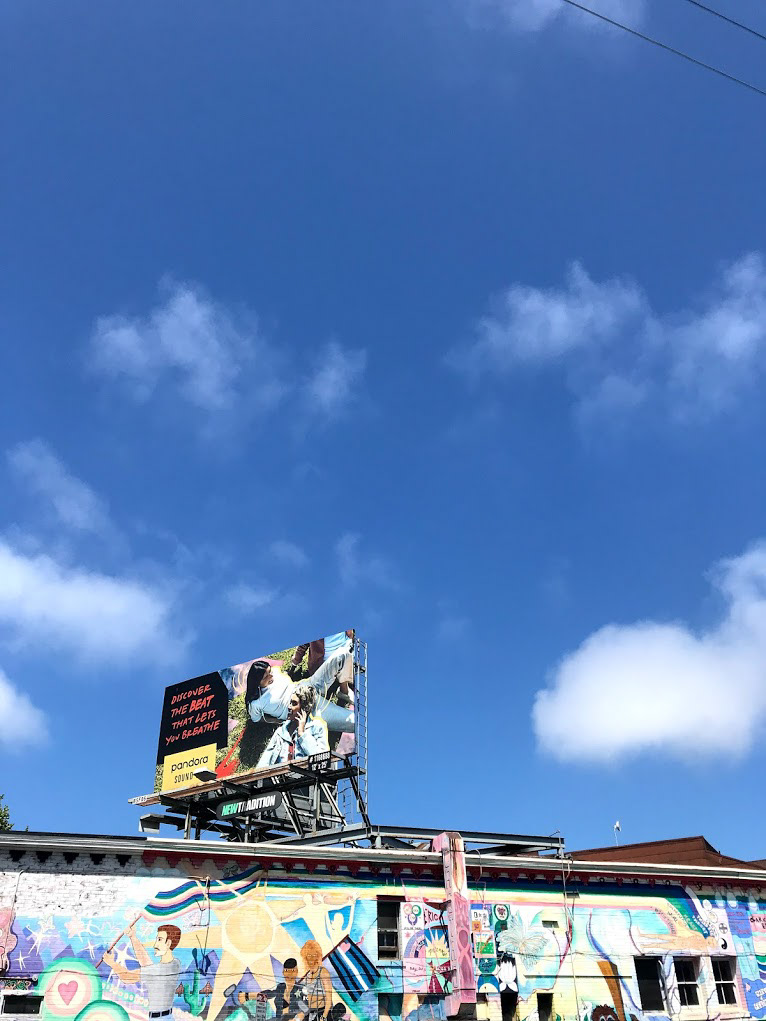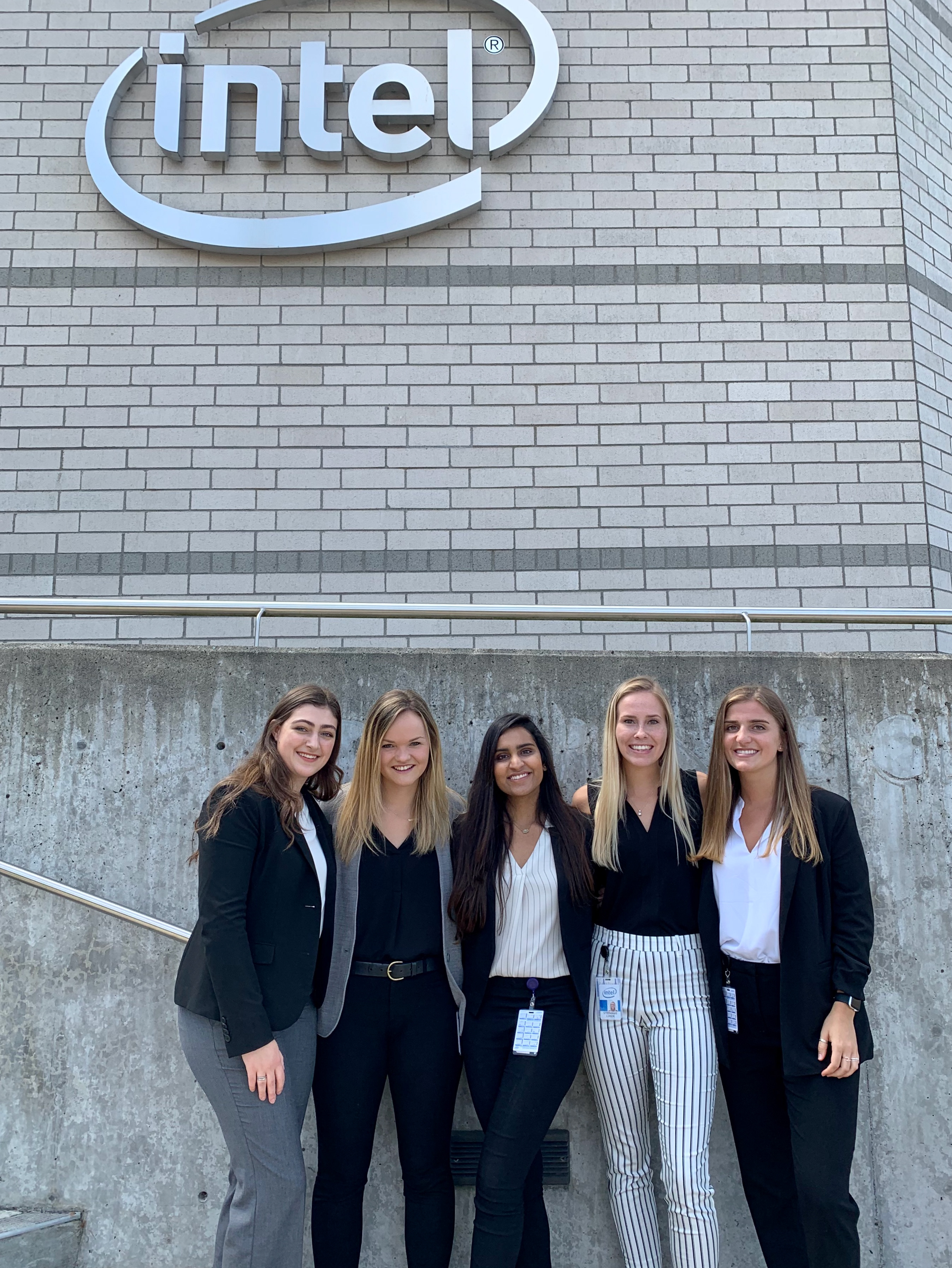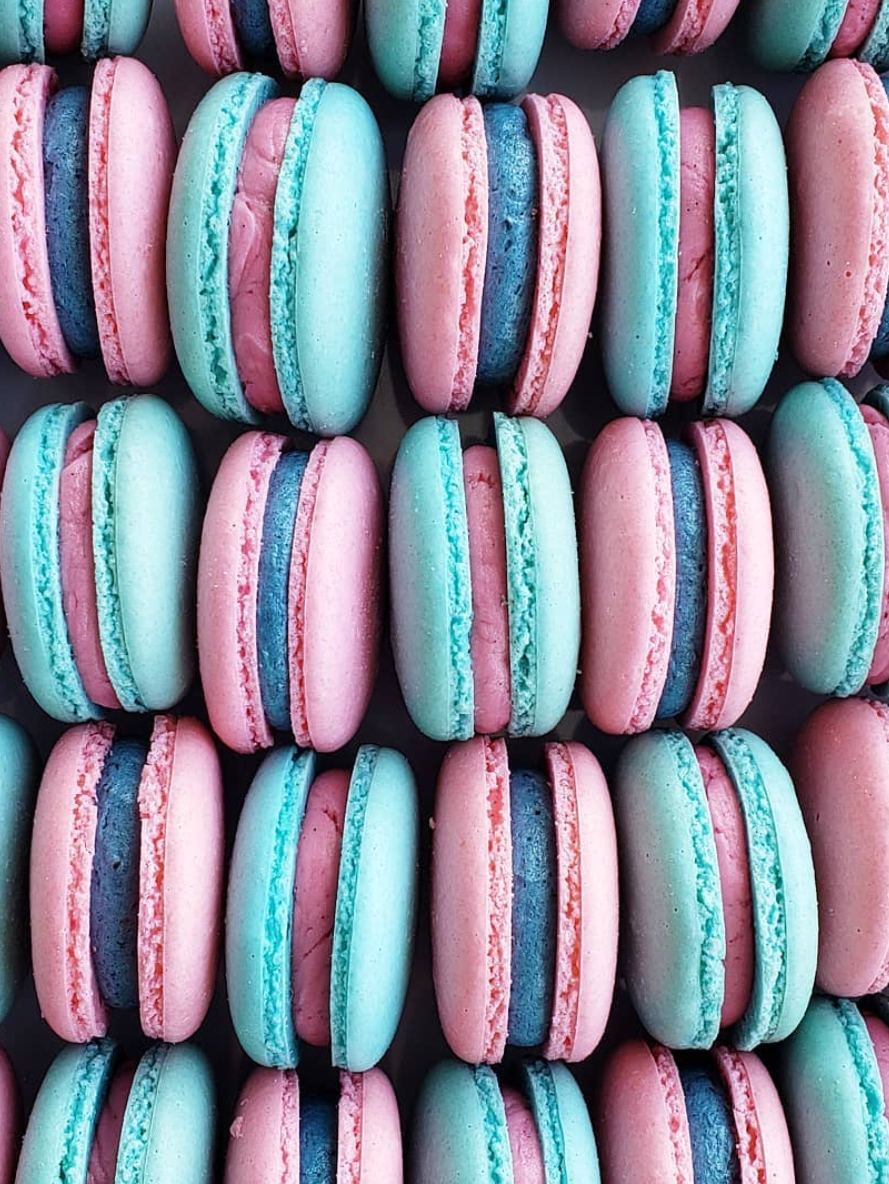Lovework: An Unfinished Syllabus
When I tell people that I am taking a class on the topic of love, their first impression is that this course has something to do with romance. They revert to thinking about every single possible cliché about love, because that is what they have been trained to consider based on their experience, and the way that love is most commonly talked about and portrayed in the media. Throughout this course, I decided to dig deeper into clichéd love in popular media, and see what aspects of love are mentioned less often, or not at all, in our entertainment. For example, in one analysis I decided to focus on what I believe to be one of the most clichéd, obvious, examples of love in popular media in the 21st century, The Notebook. In this movie, love manifests itself in a couple different ways. The primary form of love exemplified is romantic love. It is packed with just about every cliché possible: young love, forbidden love, love letters, lost love, labors of love, and the idea that love conquers all. The overarching theme is that true love is unconditional. While this is something we’ve touched on a little in class discussions, I am still not sure my opinion on the concept of unconditional love. I believe love to be a choice, and I think that unconditional conflicts with an aspect of choice.
This movie has created an idealized concept of love for its audience to aspire to. The problem with this is that this idealized image does not contain much of the love that our current society needs. People who subscribe entirely to this notion of love are neglecting to develop love for themselves, love and compassion in the political environment, love for the planet, and love for many other things. While I do buy into the sappy romantic love story on occasion, it makes me wonder if maybe we should focus on representing other types of love in media, and whether that may shape our view of the role love can play in our lives. In one of our readings, Simone Weil was quoted for her opinion that the “only way to get closer to a just society was through the ‘madness of love.’” I am excited to see more examples of this in popular media. If executed well enough, maybe the new idyllic image of love will encourage a society that lives with more integrity, and lives up to the values that we speak of so highly.
...
Love Interview
I chose to interview someone whom I love, my best friend, Olivia. Typically, when someone refers to their best friend, they are referring to someone who has been in their life for a long time. However, our relationship is unique. We met last summer while studying abroad in Rome, and have grown close due to the emphasis we both place on reflection, creativity, and desire for new experiences in our lives. Because of the depth of our relationship, I knew Olivia would be the perfect person to interview for this assignment.
Often when you ask someone about love, they do not immediately have an answer, at first Olivia’s definition was abstract yet heavily reliant on the representation of relationship love. This is likely because that is what we are most exposed to. Our education on the topic of love comes mainly from people that we have relationships with, and the ways that love is portrayed in media. We are most comfortable talking about relationship love, whether it be familial, platonic, or romantic. However, as our conversation progressed, we moved beyond thinking of love in strictly a relationship sense, and she revised her definition to include that love is heavily rooted in the depth of understanding and the passion that you have, for a person, place, thing, or feeling.
An easy way to learn more about an individuals’ thoughts on love is to ask them what in their life they love. In response to this question, Olivia listed several things, people, and places, including New York City, a place that she has imagined as part of her future for many years. When I asked why she loves New York City, Olivia said; “I have a passion for things artistic, creative, and energizing. I appreciate the diverse array of options that it offers to anyone that wants to go there. There’s no limit.” With this example, and several other aspects of our conversation, it was clear that Olivia’s definition of love highly emphasizes the role of passion. However, in the future, I would like to explore what she means by passion, because while I believe that understand what she means by this, the meaning she implies is more complex than the dictionary definition, which is “a strong and barely controllable emotion.”
From talking with Olivia about our experiences with love, I developed two main takeaways. First, I am still trying to figure out whether or not I believe that love is choice. However, in our discussion, Olivia and I came to the conclusion that while you must choose whether or not you are open to love in general, you do not always have the ability to decide what you love. What you love is determined based on the many experiences that make up who we are at any given point in our lives.
My second takeaway is that the difficulty associated with developing a concrete definition for love is not entirely because we do not know what it is. Love is difficult to define because of the different meanings and roles it plays in every individual’s life. After our conversation, I asked Olivia to reflect on what we had discussed, and to send me a couple sentences defining her current understanding of love. This is what she said:
“Love: to choose to follow an innate passion that you trust will lead to embracing a more fulfilling and meaningful life.”
It was interesting to see how both of our perspectives developed in a single conversation. To me, this reinforces how important it is to talk about love. If we are more open to talking about love, than possibly, people will begin to incorporate love more actively into their lives, beyond that of romantic or familial love, which are more commonly addressed in today’s society.
...
Media Analysis
Self-love has been a prominent concept in my life throughout this week. Everywhere I look, I have heard talk of self-love and self-esteem. Outside of this class, the concept of self-love has been the topic of my marketing class, the intention set by my yoga instructor, and a large component of my sorority’s annual mental health education program. At the moment, I believe that self-love is choosing to reflect on what you need in order to feel at peace, happy, or fulfilled, and working to incorporate it into your life. However, I also know that there are many more aspects of self-love that cannot be simply stated in one sentence.
A large component of how I exercise self-love is through writing. The combination of creative expression and the clarity of putting one’s thoughts down on paper allows me to organize my feelings and ideas in a way that is meaningful to me. Because of this, I have decided to explore the relationship between poetry and self-love. Poetry has recently become re-popularized in my generation and many new poetry books have been published. The book that belongs most obviously to this category is Milk and Honey, a #1 New York Times bestseller, written by Rupi Kaur. To describe Milk and HoneyKaur has said:
“this is the journey of
surviving through poetry
this is the blood seat tears
of twenty-one years
this is my heart
in your hands
this is
the hurting
the loving
the breaking
the healing”
I believe that one of the reasons this book has been so popular is because it is such a direct expression of emotion and vulnerability that many people can relate to in one way or another. The audience is primarily young adults, however Kaur explains that she wrote the poetry originally for herself. Kaur divides the book into four sections: “the hurting”, “the loving”, “the breaking”, and “the healing.” Love plays a different role in all four sections, however for the purpose of this paper I will limit my discussion to representations of self-love, which was most prominent in “the healing”. A primary theme in this section is that people must love themselves before they can fully enter loving relationships with others. In addition, this chapter emphasizes the importance of self-acceptance and self-responsibility, which are two of the dimensions of self-esteem that Bell Hooks outlines in chapter four of All About Love.
In “the healing”, self-love is being portrayed as something to be learned through a solitary journey. If read in order, the poems in this section transition from having elements of struggle and hardship, to having elements of freedom and love. The repetition of certain concepts such as strength and independence, communicate that self-love requires the choice to love yourself, and the continuous effort to do so. This is consistent with our class definition because we have emphasized choice as a key component of love. My biggest takeaway from this assignment is that I would like to learn more about the process of loving yourself or others, even if it is not simple.
...


